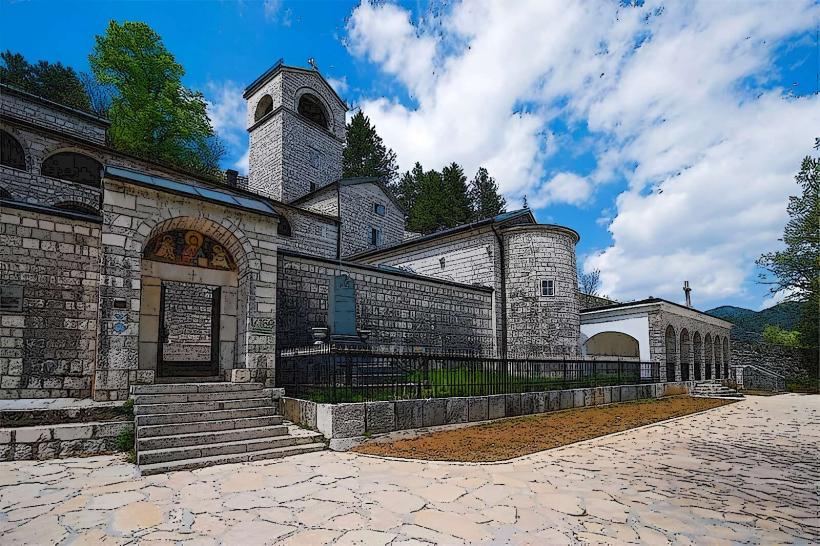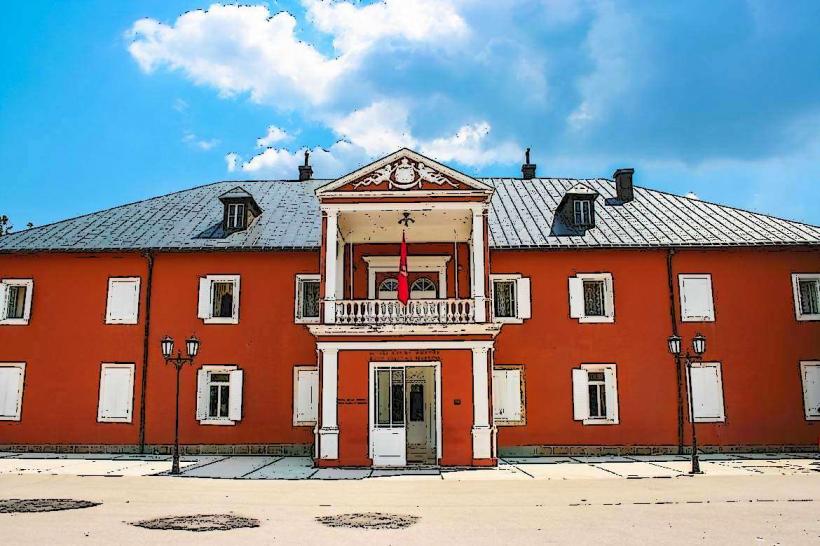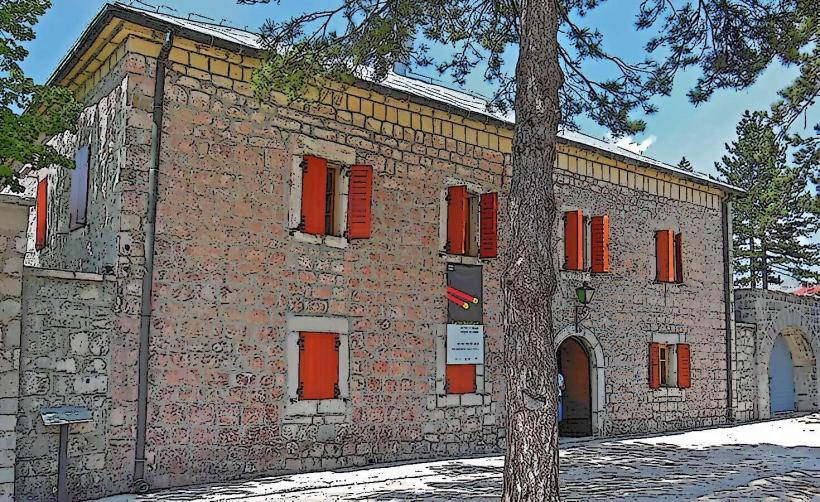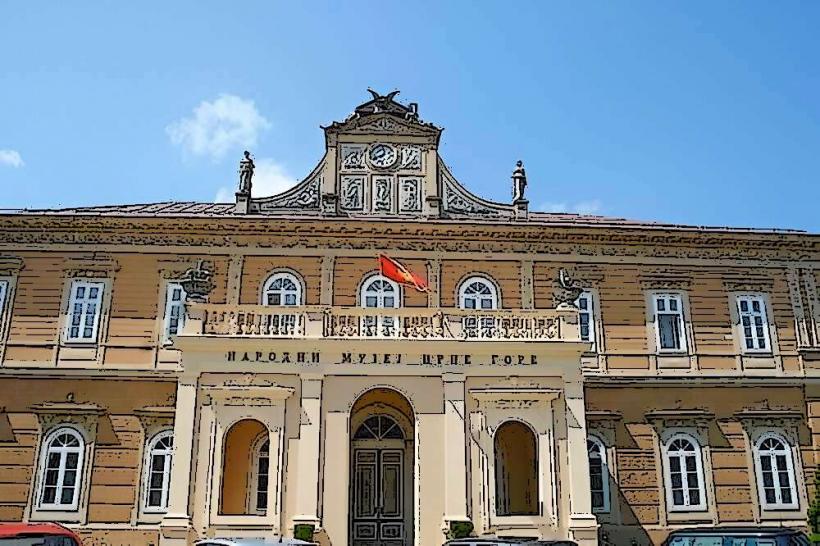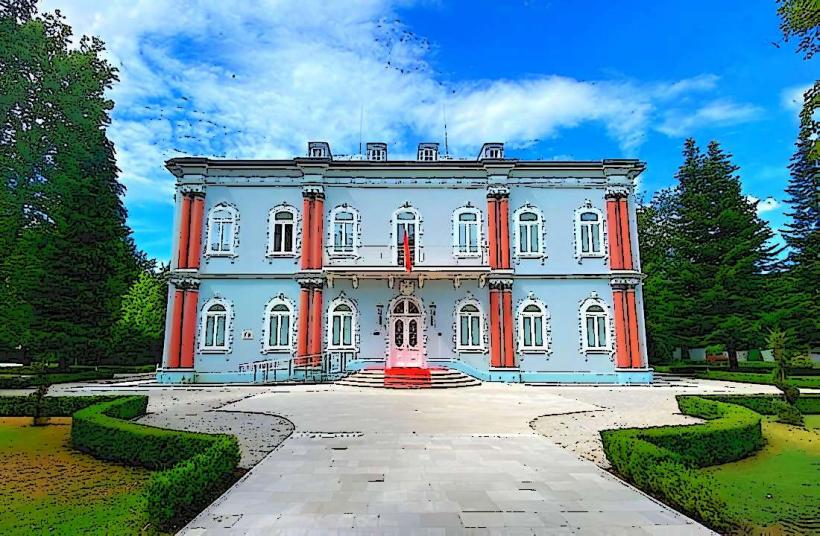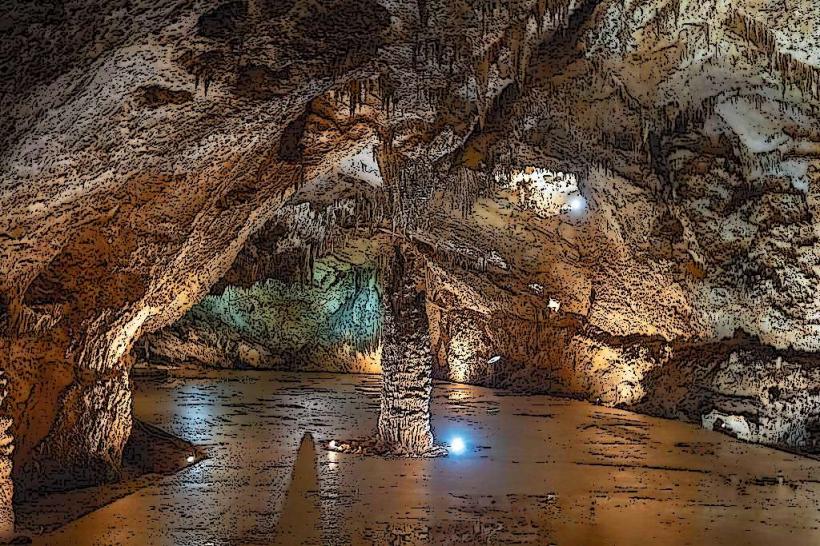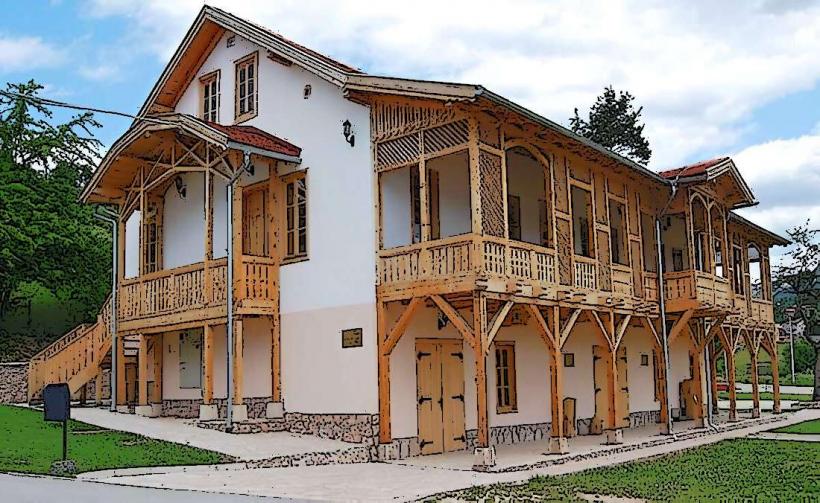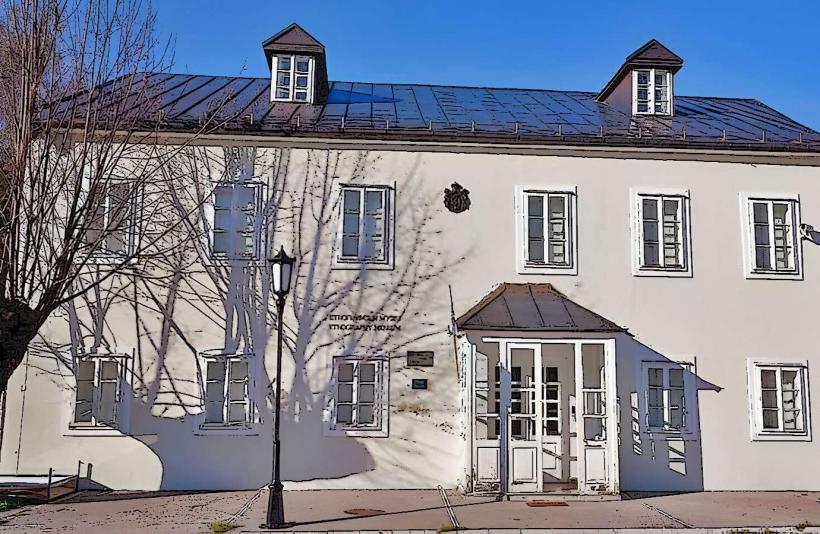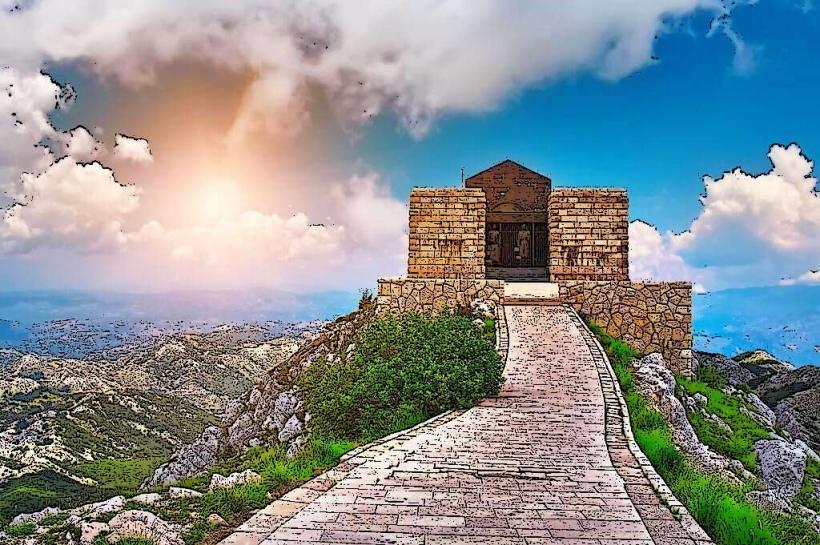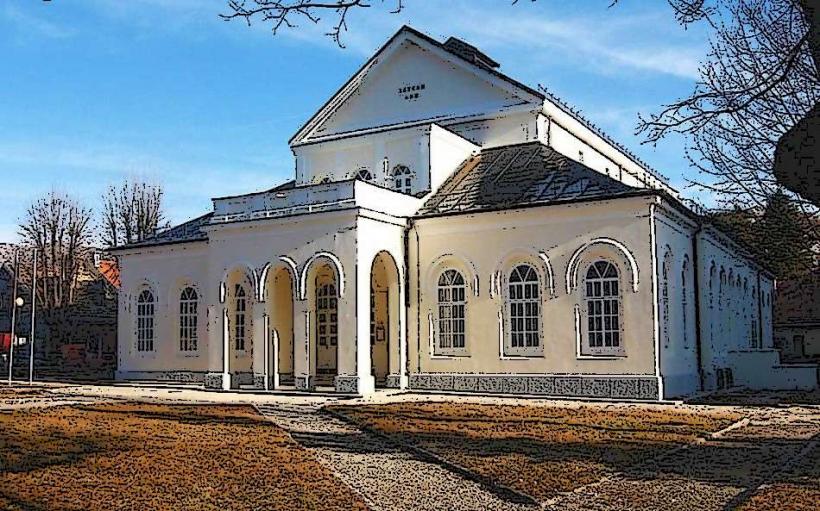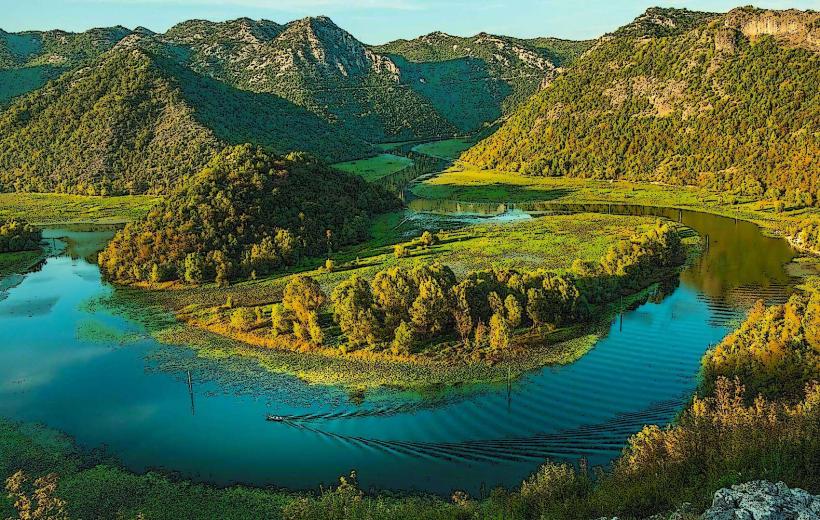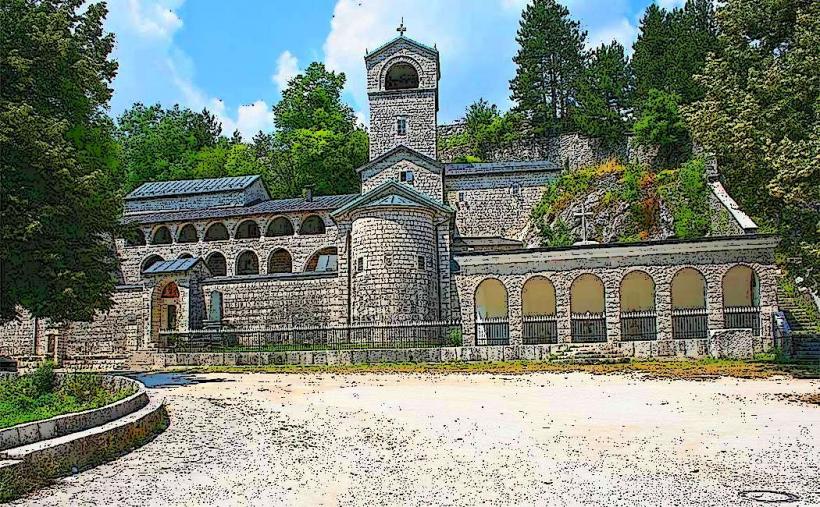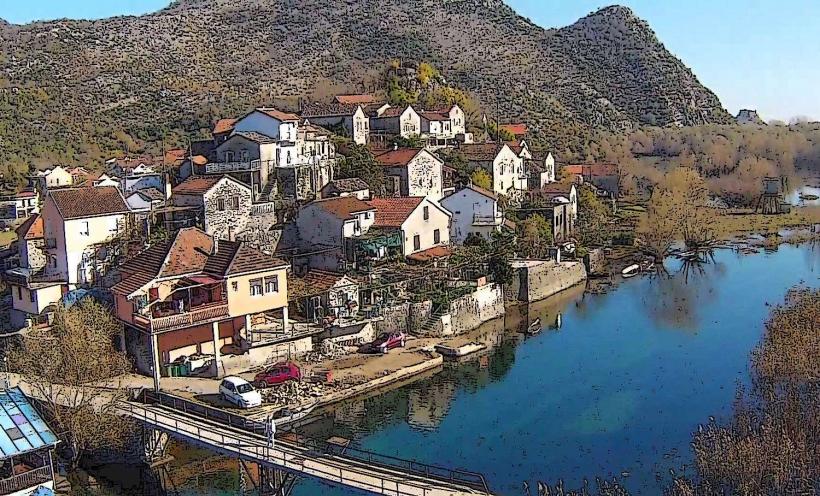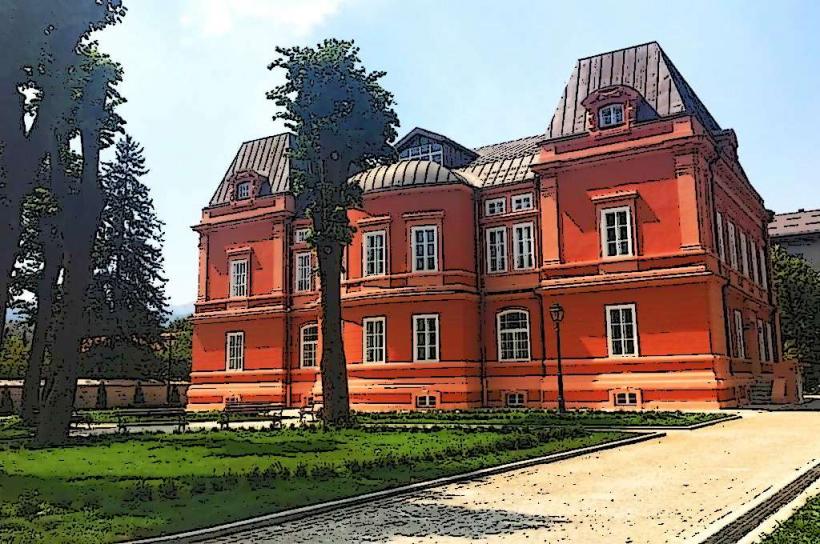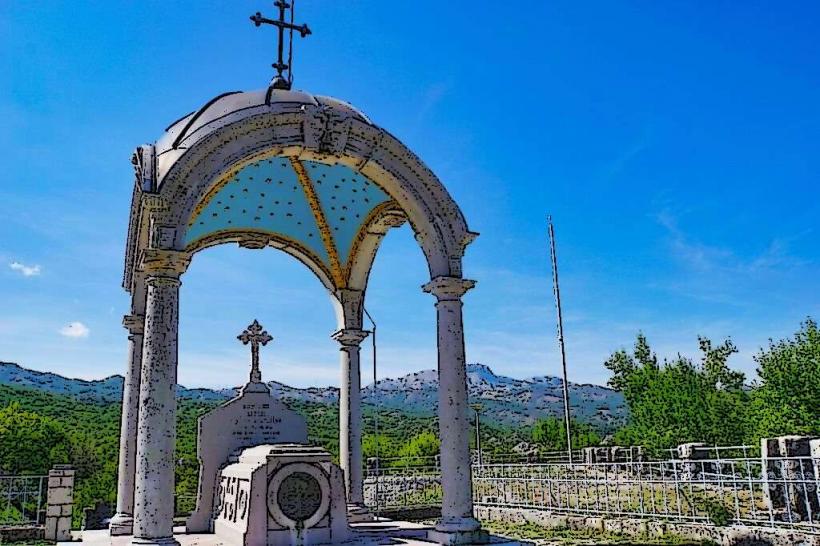Information
Landmark: Vlach ChurchCity: Cetinje
Country: Montenegro
Continent: Europe
The Vlach Church (also known as Crkva Vlaha) is a notable Orthodox Christian church located in Cetinje, Montenegro. The church has historical significance and is an important cultural landmark in the region, reflecting Montenegro's diverse religious and cultural heritage.
Overview of Vlach Church
Location: The Vlach Church is located in the town of Cetinje, the historic capital of Montenegro, situated at the foot of Lovćen Mountain. Cetinje is known for its rich history, particularly its role as the center of Montenegrin political and cultural life.
Denomination: The Vlach Church is an Eastern Orthodox church, serving the local Orthodox Christian population. It is affiliated with the Metropolitanate of Montenegro and the Littoral, an autonomous archdiocese within the Serbian Orthodox Church.
Significance: The church holds importance not only as a place of worship but also as a symbol of the Vlach (or Aromanian) people, an ethnic group with ties to the historical regions of Romania and Greece. The Vlach community has long played a significant role in the social and cultural life of Montenegro, particularly in the Cetinje region.
History of the Vlach Church
Foundation and Early Years
The Vlach Church was established in the 17th century, at a time when the Vlach people were settling in the Cetinje area. The church was built as a place of worship for the Vlach community, who were traditionally involved in shepherding and agriculture in the mountainous regions of Montenegro.
Vlach people have historically been associated with Eastern Orthodoxy and have been known for their contributions to the cultural and religious life of the region. The construction of the church reflects their deep connection to the faith, as well as their desire to preserve their cultural identity in Montenegro.
Role in the Community
The church served not only as a spiritual center but also as a community gathering point for the Vlach people. It became a place where they could express their religious devotion, celebrate important Christian holidays, and maintain their cultural practices.
The church’s role extended beyond worship; it became a symbol of the Vlach community's resilience and their contributions to the religious and cultural landscape of Montenegro.
Later History and Renovations
Over the centuries, the church has undergone various renovations and reconstructions to preserve its structural integrity and to meet the needs of the growing Orthodox Christian population in Cetinje and the surrounding areas.
It has faced challenges during periods of political instability, especially during times of war and occupation. Despite these challenges, the church has remained an important religious and cultural site in Montenegro.
Architecture and Features
Exterior
The Vlach Church is constructed in the traditional Serbian Orthodox architectural style, characterized by a simple yet elegant design. The exterior of the church features stone walls, with a modest façade that reflects the humble nature of the Vlach community.
The church has a single-domed structure, with a central dome that is typical of Byzantine-inspired Orthodox churches. The entrance to the church is marked by an arched doorway, and the building's exterior is often adorned with religious symbols, such as crosses, which are common in Orthodox Christian churches.
The bell tower is an important feature of the church, and it can be seen from various points around Cetinje. The bell tower has a distinctive stone construction, which contributes to the overall charm of the church and its historical aesthetic.
Interior
The interior of the Vlach Church is typical of Orthodox Christian places of worship, with an iconostasis (an ornate screen separating the altar from the rest of the church) adorned with icons of saints and religious figures from Orthodox Christian tradition.
The iconography inside the church is richly detailed, showcasing the Byzantine influence on Montenegrin religious art. Icons depicting the Virgin Mary, Christ, and various saints are prominently displayed throughout the church. These icons serve not only as objects of worship but also as cultural artifacts, reflecting the artistic traditions of the Orthodox Christian faith.
The church's altar area is a focal point for liturgical ceremonies, where the priest conducts services, especially during major religious holidays such as Easter and Christmas.
The church is also used for important community events, including baptisms, weddings, and funerals, which are significant aspects of the Vlach people’s spiritual and cultural life.
Cultural and Religious Importance
Vlach Identity
The Vlach Church is a key part of preserving the Vlach identity in Montenegro. The Vlach people are an ethnic group historically tied to the regions of Romania and Greece. Their community in Montenegro has maintained its distinct cultural practices, language, and traditions for centuries.
The church is a symbol of the Vlach community’s contribution to the broader Montenegrin society, particularly in the Cetinje area. It also serves as a center for the community’s religious life, reinforcing their connection to the Eastern Orthodox Christian tradition.
Role in Montenegrin Orthodox Christianity
The Vlach Church plays an important role in the religious life of Cetinje, which is known for being the spiritual center of Montenegro. The town is home to several other important Orthodox churches and monasteries, and the Vlach Church complements this religious landscape by offering a space for worship for the Vlach Orthodox Christians.
It also contributes to the wider Orthodox Christian community in Montenegro, playing a part in the annual religious calendar, including celebrations of important Orthodox holidays.
Visiting the Vlach Church
Tourism and Cultural Significance
The Vlach Church is an important stop for those interested in exploring the religious and cultural heritage of Montenegro. Cetinje, as the historic capital, is rich in historical landmarks, and the Vlach Church is one of the town’s most intriguing sites, offering insight into the Vlach community and their enduring connection to Orthodox Christianity.
Visitors can explore the church, admire the iconography, and learn more about the Vlach culture and their role in shaping Montenegrin society. The church is also a peaceful place for reflection and spiritual connection, attracting both local worshippers and visitors from around the world.
Opening Hours and Access
The Vlach Church is typically open for visitors, especially during religious services. It is advisable to check for specific opening hours, particularly if you are planning to visit during major religious holidays or festivals when the church may be hosting special services.
Visitors can also explore the church’s surrounding area, which offers a chance to learn more about the history of Cetinje and the broader cultural context of the region.
Conclusion
The Vlach Church is a vital part of the religious and cultural heritage of Cetinje and Montenegro. As a symbol of the Vlach community and their significant role in the history of Montenegro, the church serves as both a place of worship and a historical monument. It offers visitors a unique insight into the Orthodox Christian traditions and the Vlach identity, making it an essential site for anyone interested in exploring the rich history and culture of the region.

